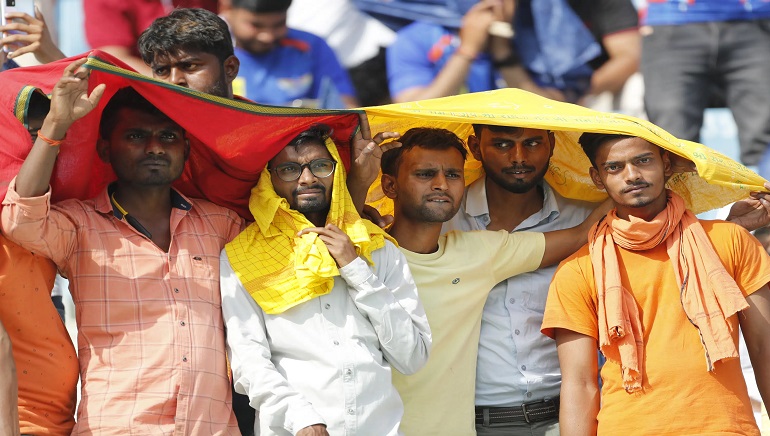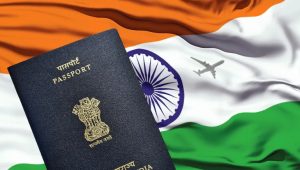The record-breaking humid heat wave that hit east and north India, Bangladesh, Laos and Thailand in April was made at least 30 times more likely by climate change, said a rapid attribution analysis by scientists of the World Weather Attribution (WWA) on May 17.
The analysis by the international team of scientists said that a highly vulnerable, large population was subjected to a deadly combination of high heat and humidity, which amplified the impacts in early summer this year. People across South Asia during a four-day period between April 17 and 20 were exposed to a heat index or ‘feels like’ temperature of over 41 degree C and some areas mainly in Laos recorded heat index of over 54 degree C which can be deadly, scientists said. WWA’s report corresponded with a statement issued by World Meteorological Organisation warning that there is a 66% chance that the annual average global temperature between 2023 and 2027 will be more than 1.5 degree C above pre-industrial levels for at least one year.
India and Pakistan also experienced a severe heat spell last March and April. The 2022 heatwave is estimated to have led to around 90 deaths across the two countries; triggered an extreme Glacial Lake Outburst Flood in northern Pakistan; forest fires in India; reduced India’s wheat crop yields; power outages that impacted millions of people. WWA scientists had said the climate crisis had made such an event 30 times more likely.















